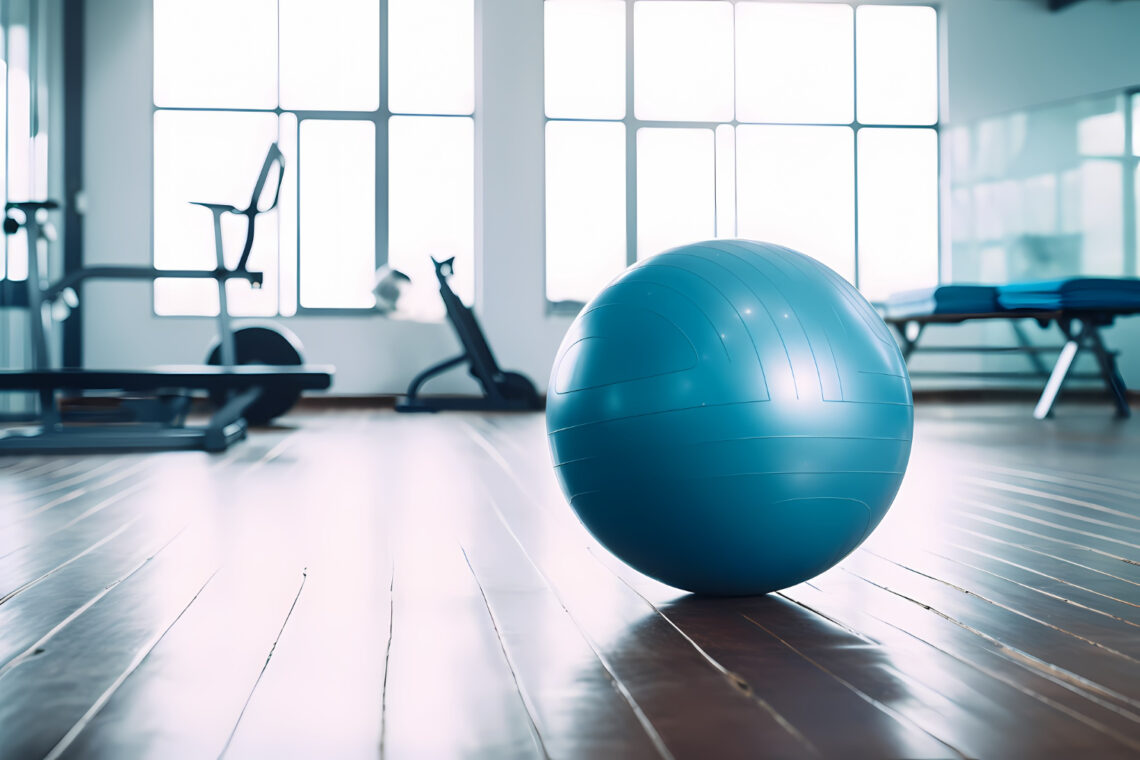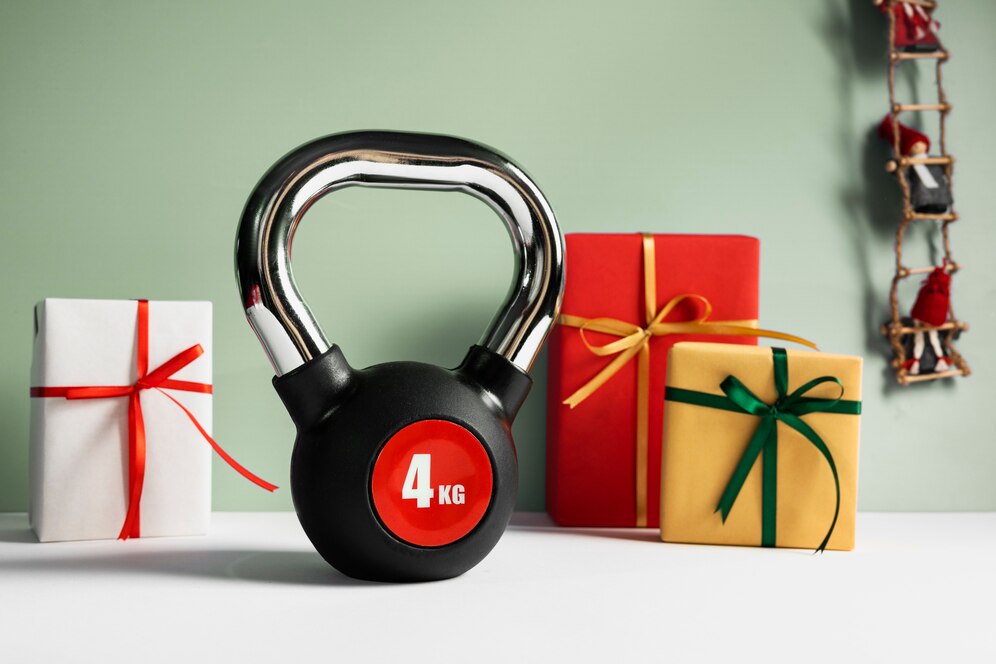In this video, I share my tips on how to use a Foam Roller for back pain:
Safety tips with a foam roller
Foam rolling can be incredibly beneficial for releasing muscle tension and promoting flexibility, but it’s important to prioritize safety to prevent injury. Here are some essential safety tips to keep in mind while using a foam roller:
Start Slowly: If you’re new to foam rolling, start with a softer-density roller. Gradually work your way up to firmer rollers as your muscles become accustomed to the pressure. Intense pressure from a firm roller can lead to unnecessary discomfort or injury if not properly prepared.
Warm-Up: Prior to foam rolling, engage in a light warm-up to increase blood flow to the muscles. Light aerobic activity or dynamic stretches can help prepare your muscles for the foam rolling session.
- Avoid Bony Areas and Joints: Never roll directly over joints or bony areas. Focus on the muscles surrounding these areas to avoid unnecessary strain or discomfort.
- Maintain Proper Technique: Follow proper foam rolling techniques to ensure you’re targeting the right muscles and avoiding unnecessary stress on your joints. Roll slowly and deliberately, and avoid excessive pressure that causes sharp pain.
- Stay Hydrated: Hydration is essential for muscle health and recovery. Make sure you’re adequately hydrated before and after foam rolling to support your body’s natural healing processes.
- Breathe and Relax: While foam rolling can be uncomfortable, it’s important to relax your muscles and breathe deeply throughout the process. Tensing up can lead to increased discomfort and reduced effectiveness.
- Focus on Muscles, Not Tendons: When using a foam roller, focus on the muscles themselves rather than rolling over tendons or ligaments. Applying pressure directly to tendons can lead to strain and injury.
- Avoid Prolonged Pressure: Don’t apply prolonged pressure to a single spot for too long. Holding a foam roller in one place for an extended period can cause excessive pressure and potential tissue damage.
- Listen to Your Body: Pay close attention to how your body responds during foam rolling. If you experience sharp or intense pain, stop immediately. Discomfort is normal, but you should never push through severe pain.
- Post-Workout Use: Foam rolling can be particularly effective after a workout when your muscles are warm and more pliable. However, avoid intense rolling if you’ve just completed an intense workout, as your muscles may be more sensitive.
- Regular Maintenance: Foam rollers can wear out over time, so regularly inspect yours for any signs of cracking or deterioration. Replace your foam roller if you notice any damage.
- Alternate Techniques: Explore different foam rolling techniques and tools to diversify your self-myofascial release routine. You can use massage balls, sticks, or other specialized tools to target specific areas.
Final Thoughts
Using a foam roller for back pain can be a game-changer in your pain relief journey. By understanding the basics, choosing the right roller, and following proper techniques, you can effectively target muscle tension and improve your overall back health.
Remember, your safety and well-being should always come first. By following these safety tips and using proper technique, you can maximize the benefits of foam rolling while minimizing the risk of injury. If you have any doubts or concerns, don’t hesitate to contact me for extra guidance.
Say goodbye to back pain and hello to a more comfortable and active life with the power of foam rolling.




